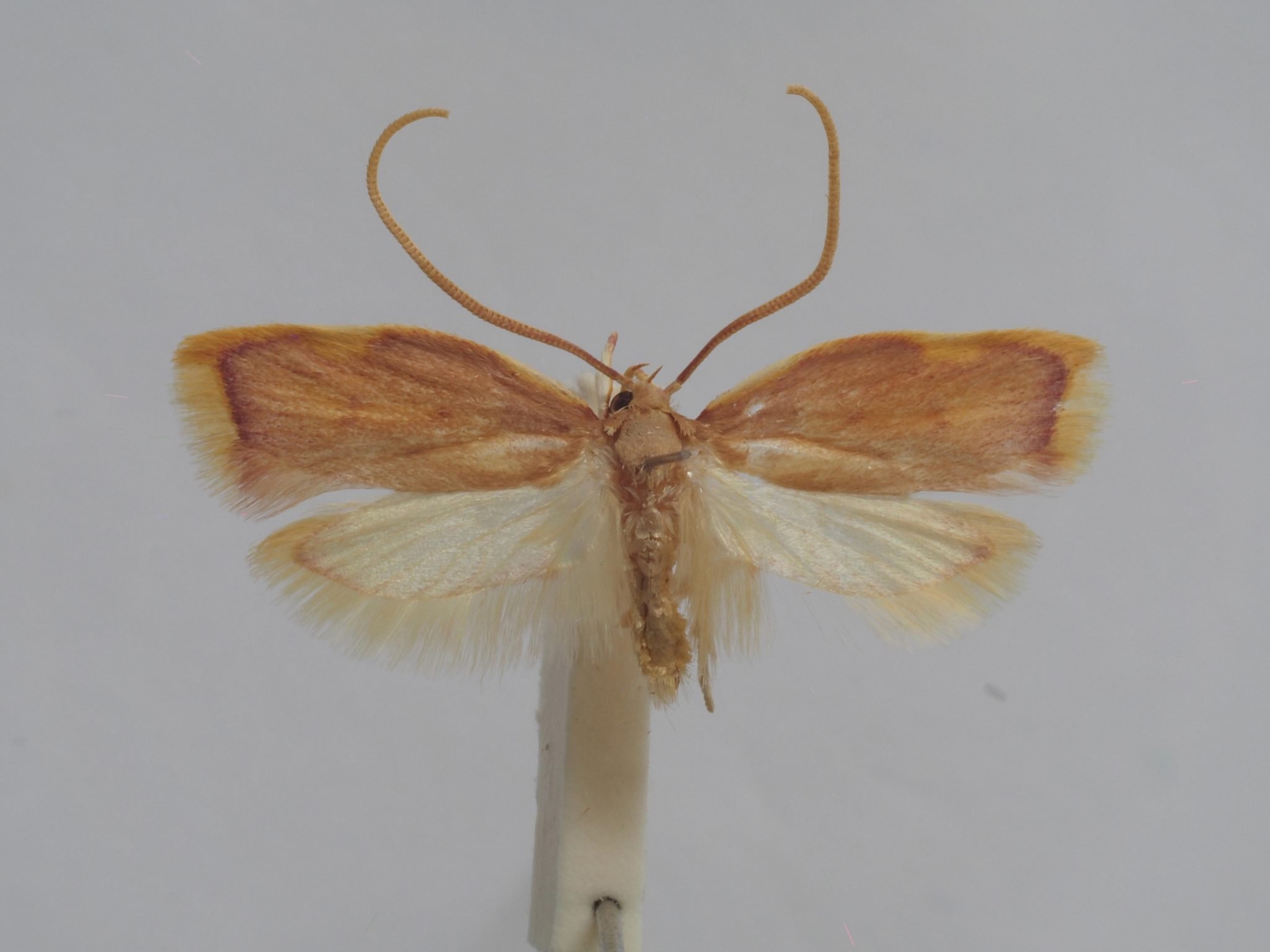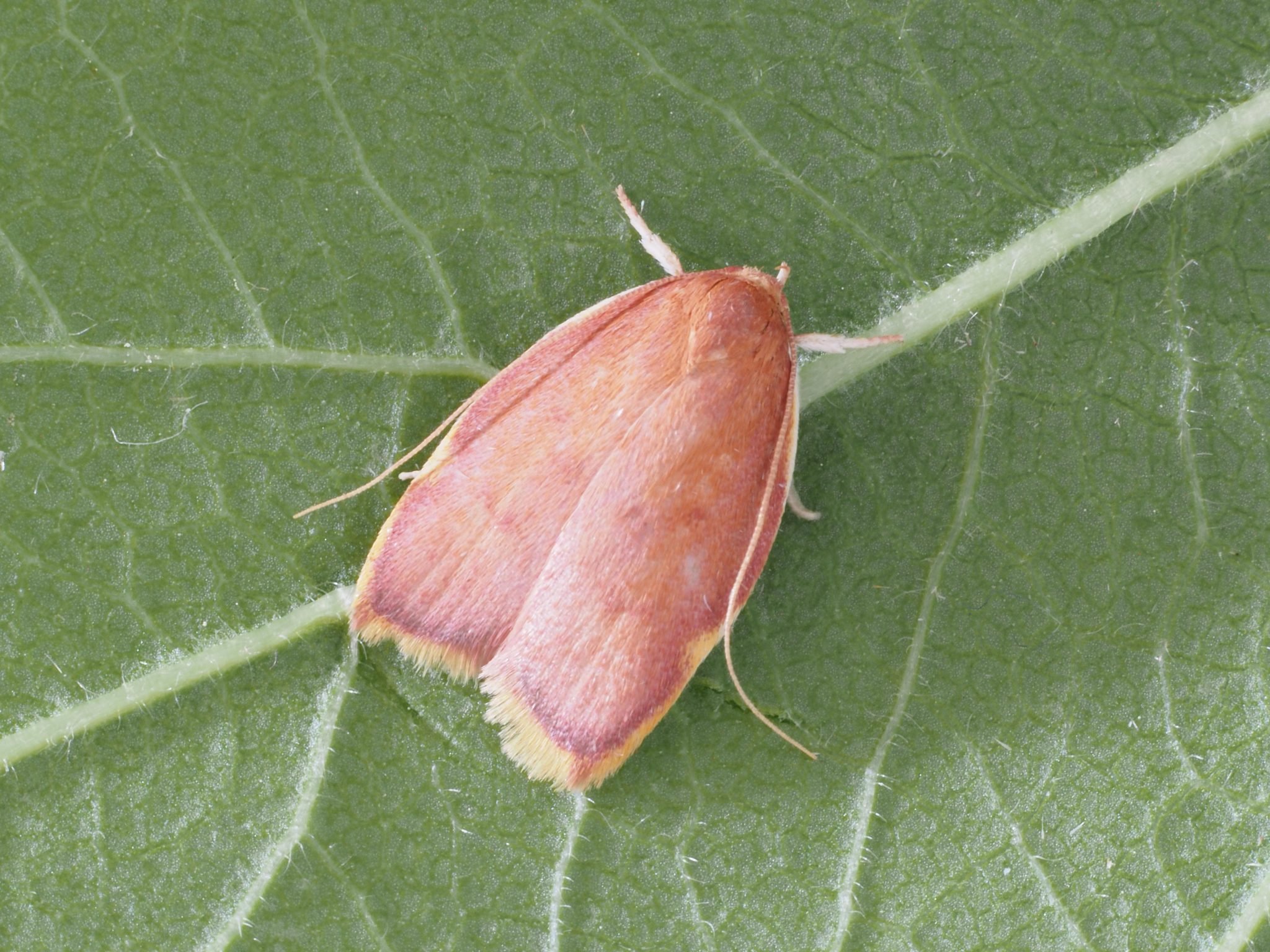🦋 Its camouflage didn't hold: a new butterfly species identified in the Mediterranean
Follow us on Google News (click on ☆)
For over a century, this insect was mistaken for the "oak carcina" (Carcina quercana), widespread in Europe. Its striking resemblance to the latter masked its uniqueness until recent investigations. Dr. Peter Huemer, an Austrian entomologist, conducted extensive research.

Male of the newly identified species.
Credit: P. Huemer/Ferdinandeum
DNA sequencing showed genetic divergences exceeding 6% with the closely related species. These significant differences were corroborated by the study of reproductive organs. The confirmation of a new species is thus established beyond any doubt.
Named Carcina ingridmariae, it measures approximately two centimeters (0.8 inches) and inhabits the eastern Mediterranean. Its caterpillars would feed on various oak species, similar to its cousin. Additional studies are needed to clarify its ecology.
Dr. Huemer chose this name in tribute to his wife, Ingrid Maria, for their wedding anniversary. With over 200 species described, he considers this discovery the most aesthetically pleasing of his career. A personal gesture that highlights the importance of support in scientific research.

Adult female of Ingrid Maria's carcina.
Credit: P. Huemer/Ferdinandeum
This identification highlights the advances enabled by molecular techniques in taxonomy. Many cryptic species could still be discovered through these methods.
What is DNA barcoding?
DNA barcoding is a technique that uses a short standardized genetic sequence to identify species. Comparable to a barcode, it allows distinguishing morphologically similar organisms.
This method often relies on the mitochondrial COI gene, which is stable and variable between species. It has revolutionized taxonomy by providing objective and reproducible data.
Applied since the 2000s, it helps discover new species and better understand biodiversity. Global databases facilitate comparisons and accelerate research.
Its use extends to conservation, identifying threatened or invasive species. A valuable tool for scientists.
How are cryptic species discovered?
Cryptic species are morphologically identical but genetically distinct taxa. Their discovery requires approaches integrating genetics and morphology.
DNA analyses reveal divergences invisible to the naked eye. Detailed studies of physical characteristics, such as genitalia, then confirm these differences.
These discoveries are frequent in insects, where evolutionary convergence is common. They have implications for conservation, as each species may have unique ecological needs.